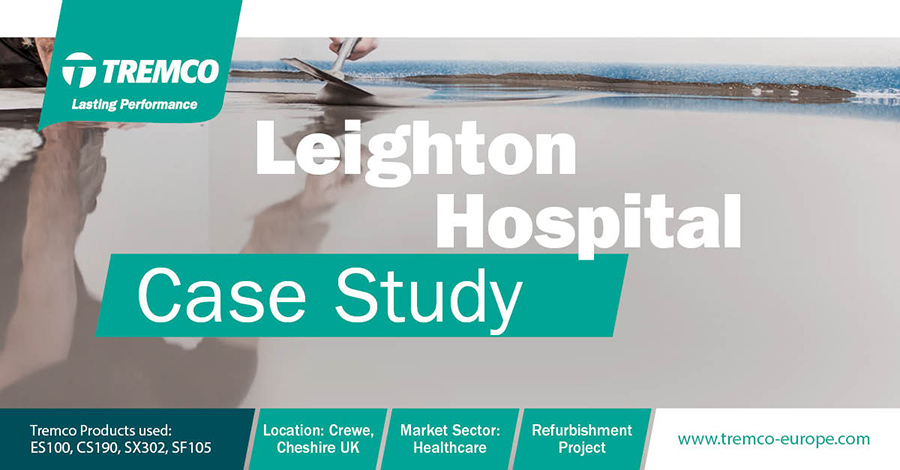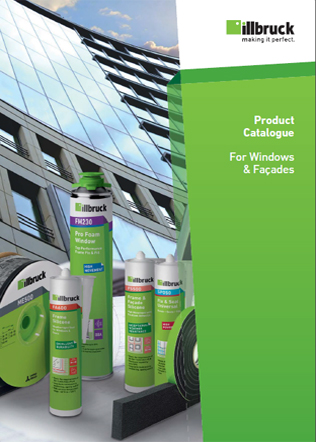
Interfaces where windows require sealing to the building structure demand innovative, clever solutions in order to comply with more onerous Building Regulations.
The need to eliminate thermal bridging and significantly reduce uncontrolled air leakage requires robust sealing solutions to meet legislation and ensure long-lasting performance.
The provision of weather and airtight perimeter window seals is more often than not achieved with the inclusion of membranes as secondary seals behind rainscreens or insulation to built-up walls. Whilst the traditional membrane material of choice is EPDM, this is being superceded by ‘intelligent' membranes incorporating variable moisture vapour permeability. These can be used to provide either airtightness or weather tightness. In the latter case, they act as a breather membrane, preventing ingress of precipitation whilst allowing any dampness behind to escape as moisture vapour.
The choice of material is important in terms of vapour control and when an inner and outer layer is involved, it is essential to consider the relative vapour permeabilities to allow moisture to travel from inside to out. The internal membrane should therefore be more vapour tight than the external. This allows the building to dry out and prevents condensation and mould growth. If EPDM is used both internally and externally, interstitial condensation and mould growth can result as moisture is unable to escape.
An intelligent membrane can be used internally and externally to manage the vapour control factors to avoid these problems. Alternatively, EPDM can be used as an internal airtight seal with an intelligent membrane on the outside; which still maintains the ‘inside tighter than outside' principle.
The membranes used to seal the windows to the structure can be connected to the air barrier membrane or an external breather membrane to maintain continuity of the building envelope. Fixing to the window frame can be by integral self-adhesive strips, site-applied proprietary adhesive, or gasket. The latter provides a mechanical fix which is not affected by low application temperatures or damp substrates. The proprietary solvent-free hybrid adhesive also offers an advantage compared with typical solvent-based paste adhesives needed to bond EPDM membrane.
The use of these products is now widely accepted and illbruck's ME501 Duo Window Membrane HD has BBA-accreditation which proves its suitability for use in typical interface details. The product has been tested to DIN EN1026 (airtightness) & DIN EN1027 (weather tightness) and is included in the illbruck i3 system with BBA-accreditation.
ME501 differs from ME500 (also covered by BBA accreditation) in being stronger and suitable for external exposure to UV for up to nine months prior to being covered by insulation or rainscreen panels. This is especially useful in the event of programming delays. There is a further advantage in selecting an intelligent membrane as the cost compared with EPDM is likely to be lower due to the latter being affected by volatile oil prices.
The increasing market share being taken by intelligent membranes is evidence that their benefits are accepted in the windows and facades industry. They are user-friendly, environmentally-friendly adhesive fixing options; the material of choice for the foreseeable future.











